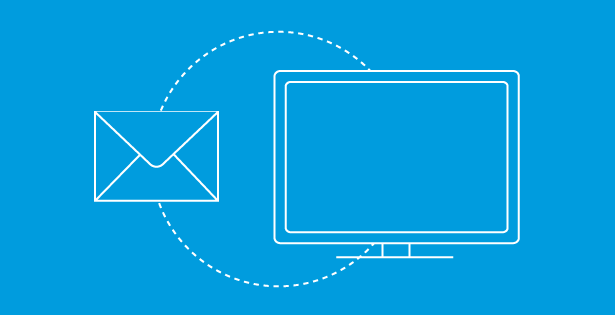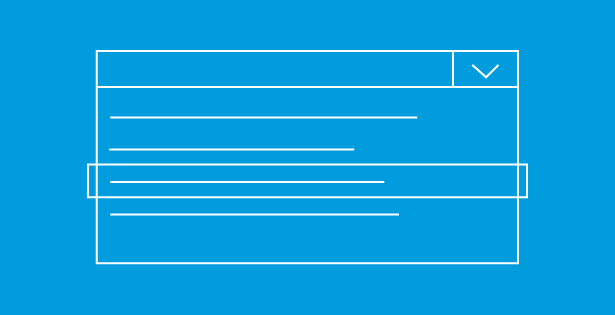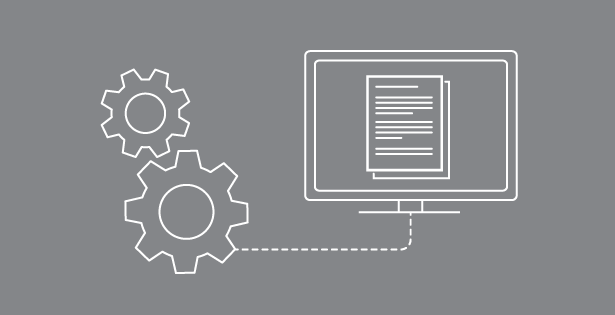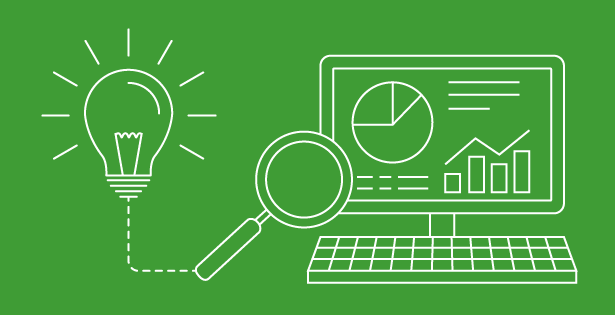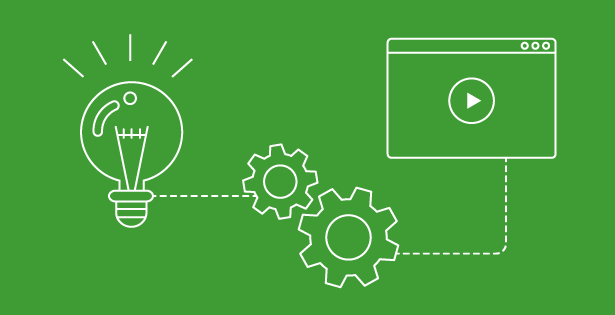Today there is a lot of buzz around Cloud and when it comes to communications and collaborations, Office 365 is hard to beat. However, many organizations still require an on-premises email server (or servers) or are deploying a hybrid scenario with some mailboxes kept onsite and some in the Cloud.
Last year Microsoft released Exchange Server 2013. Exchange 2013 brings many new and exciting features to the dependable email platform. Exchange 2013 simplifies the number of roles over its predecessor, Exchange 2010. There were five different components to Exchange 2010:
- Client Access Role in which end-users connected to via Outlook, mobile, or Web Access
- Hub Transport Role in which SMTP email messages were transmitted throughout your organization or to the Internet
- Mailbox Role where mailbox data is stored
- Unified Messaging role for voice over IP and voicemail integration
- Edge Transport role for security filtering in a firewalled subnet
Exchange 2013 has reduced these to two roles – Client Access and Mailbox. The Hub Transport and Unified Messaging roles have been integrated into each role. The Edge Transport role has been deprecated altogether. The new simplified deployment scenario cuts support costs and makes administration easier. The old clunky management console has also been deprecated, replaced by a new Web Interface for easier administration. Exchange Management Shell built on Microsoft PowerShell provides extended scripting and deep technical capabilities.
Your end-users will see a new Outlook Web App that looks and behaves very similar to what they would see in the full Outlook 2013. An offline feature allows mobile laptop users to connect to OWA even without an internet connection. The best part of Outlook Web App? It’s included with your Exchange Client Access Licenses with no need to purchase additional Microsoft Office licensing! Also built-in to Exchange 2013 is SharePoint integration for a more seamless experience between a user’s mailbox, Public Folders, and SharePoint sites.
Your legal and compliance department will love the built-in Data Loss Prevention (DLP) tools that prevent users from accidentally sending PCI or other protected data outside the organization. Exchange 2013 still has built-in archiving with support for cheaper, Tier II storage and full archiving, retention, and eDiscovery features.
Unfortunately Microsoft only provides direct upgrade support from Exchange 2007 or Exchange 2010. Many organizations in the past decade of economic downturn elected to continue running on their existing Exchange 2003 infrastructure (which Microsoft will end-of-life in April 2014). To move to Exchange 2013, those organizations will be forced to do a double-upgrade, first to Exchange 2010, then to Exchange 2013.
Lastly, I want to mention that we have an upcoming Microsoft Office 365 Workshop that may interest you. You’ve heard about Microsoft® Windows 8 and the new Office applications. I would like to invite you to be among the first to try them. We are hosting workshop sessions in Iowa (Dec. 11-13, 2013) and in Chicago (Jan. 22-24, 2014). Registration for the Iowa workshop is now open. Please join us for a hands-on introduction to the new Office and Windows 8 applications that gives you an opportunity to experience this powerful productivity combination, as well as a variety of other Microsoft technologies, including Yammer and Dynamics CRM.
For more information on Microsoft Exchange or Office 365, please contact a RSM technology consulting professional by calling us at 800.274.3978 or emailing us. Also, check out our services offerings on our website.

 RSMUS.com
RSMUS.com